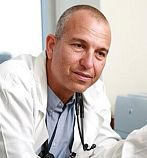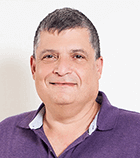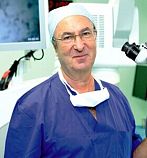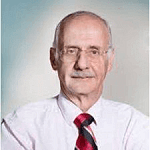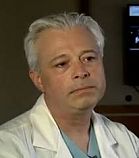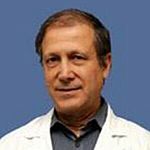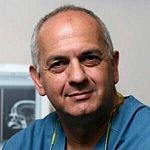Treatment methods

For certain types of disease (functional, hormone-producing), medications may be used to reduce the production or block the effects of excess hormone. In this way the symptomatology is reduced and the neoplasm shrinks.
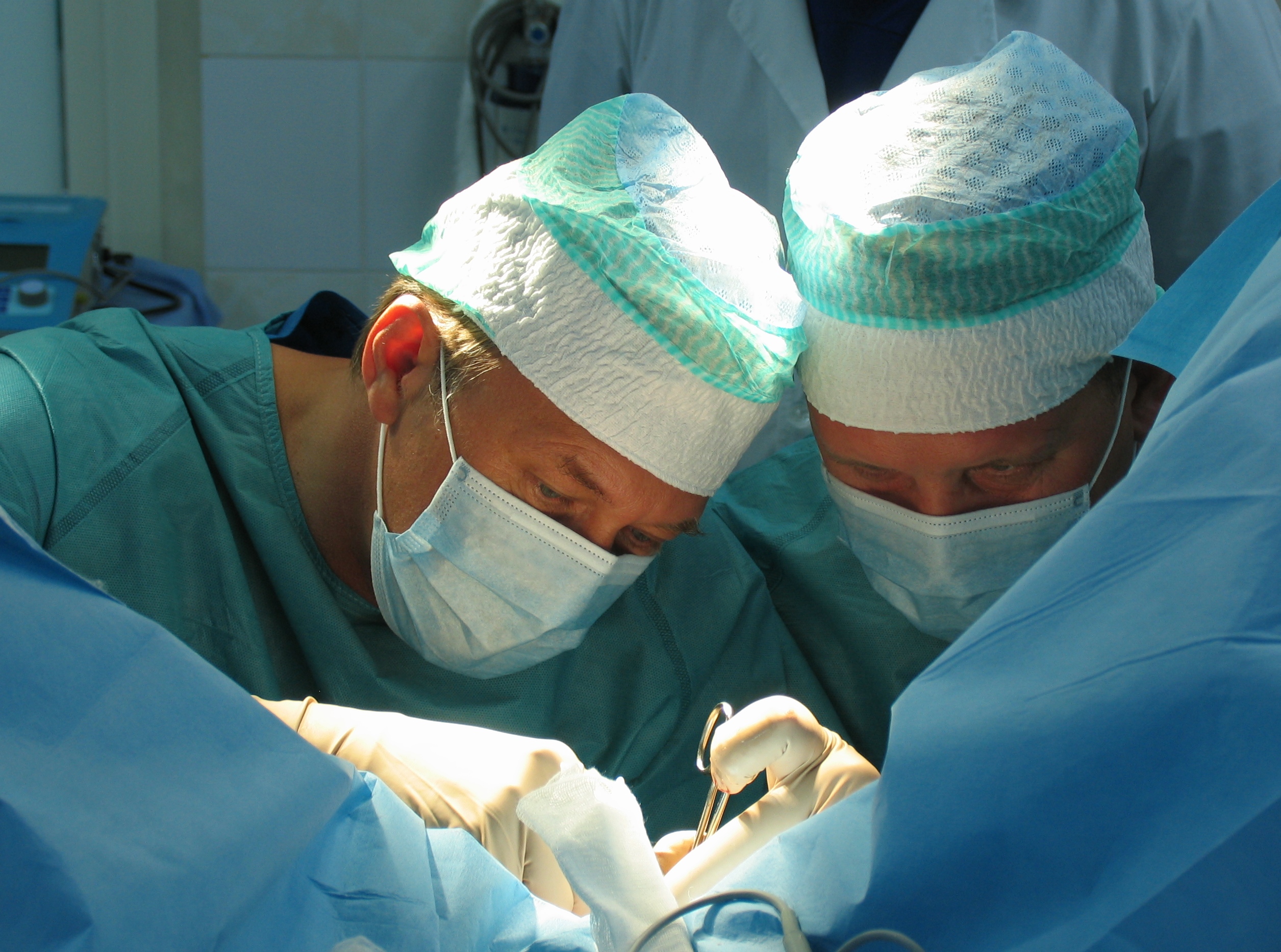
Surgical interventions are possible for actively growing pituitary adenomas. Doctors surgically remove the tumor. This surgery is called transnasal endoscopic resection.
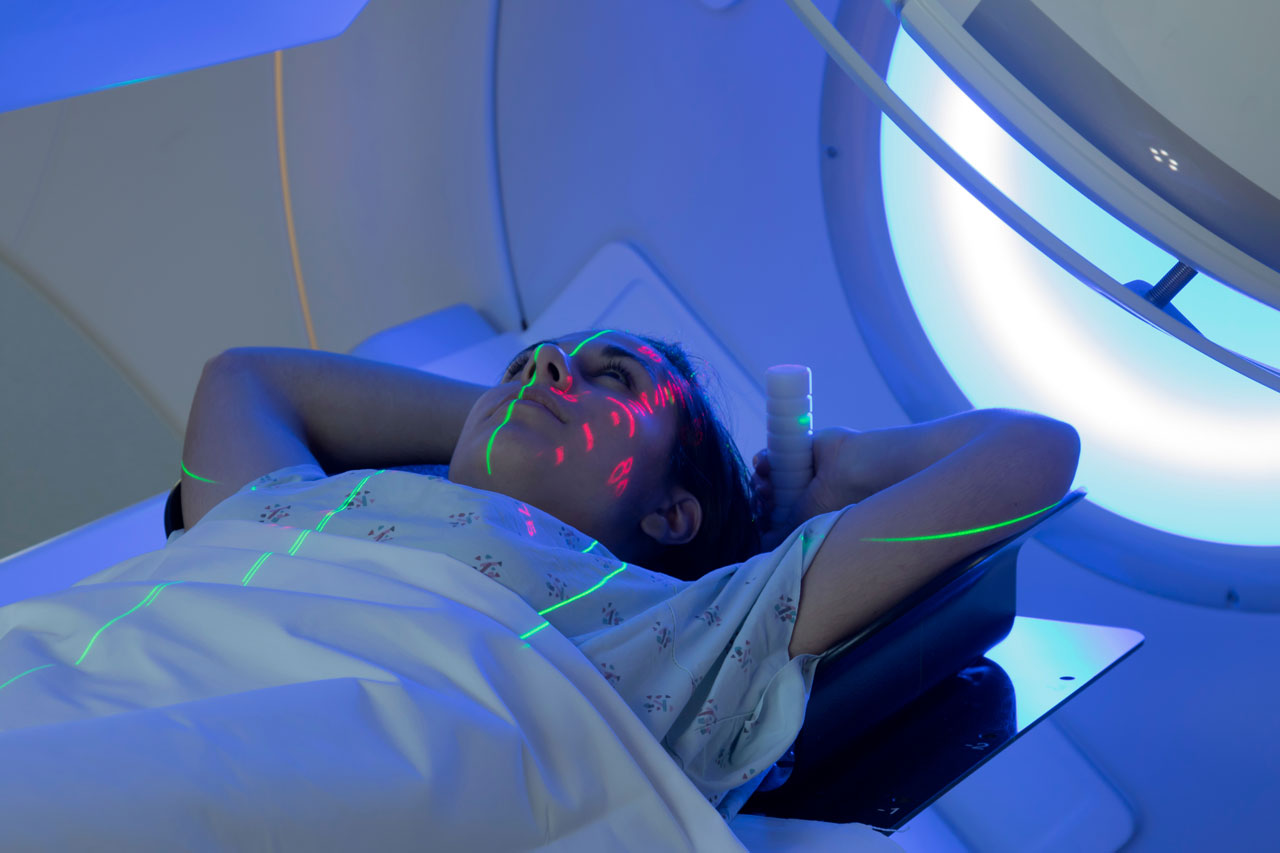
Doctors may prescribe radiation therapy as an adjunct to other treatments. Also, this type of therapy can be self-administered to control the growth of the adenoma. It is used after surgical removal of tumors if there is a risk of recurrence.
One of the most common symptoms of pituitary adenoma is headaches, which can be moderate to severe. This is due to the pressure the tumor exerts on surrounding tissues and structures. In addition, the tumor can put pressure on the optic nerve, which can lead to visual problems such as narrowing of the visual field or double vision.
Pituitary adenoma can also affect the hormonal functions of the body, causing various endocrine disorders. The pituitary gland controls many hormonal functions, so an adenoma can cause changes in hormone levels. This can include growth problems, changes in the menstrual cycle, thyroid disorders, and other endocrine problems.
Diagnostic measures at MDI Clinic
Various methods are used to diagnose pituitary adenoma, including magnetic resonance imaging (MRI) and computed tomography (CT) scans of the brain, blood tests to assess hormone levels, and visual examinations. This helps determine the size, type, and location of the tumor.
Treatment for pituitary adenoma depends on its size, type, and symptoms. For some types of adenomas, medications that reduce the production or block the effects of excess hormones may be prescribed. In cases of large tumors or severe symptoms, surgical removal of the tumor, which is done through the nasal passages (transnasal endoscopic resection), may be necessary.
The best doctors in Israel
All doctorsPrice
How we are working
-
StepSubmitting an application

Simply leave a request or contact us at the numbers in the contact tab.
-
StepTalking to a counselor

You will be contacted by our consultant shortly after submitting your application. After the interview and review of the medical history, he will proceed to prepare a treatment program.
-
StepProgram preparation

Our specialists will draw up a personalized program, including a diagnosis and treatment schedule, the names and positions of the doctors, and the cost of treatment.
-
StepTravel arrangements

The coordinator will plan and organize the trip in every detail – from advice on preparing documents, to purchasing tickets, booking accommodation and even organizing excursions.
-
StepTreatment

Our staff will provide patient support throughout the diagnosis, treatment and rehabilitation period.

Форма обратной связи
"*" indicates required fields

